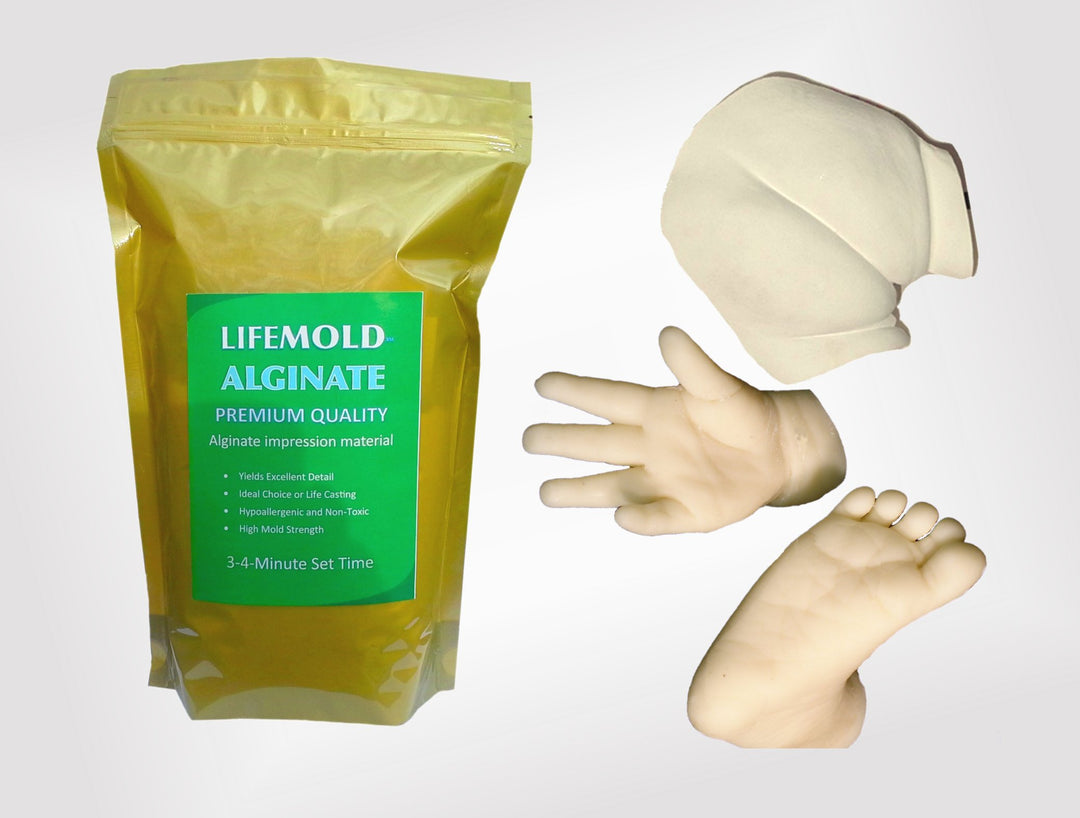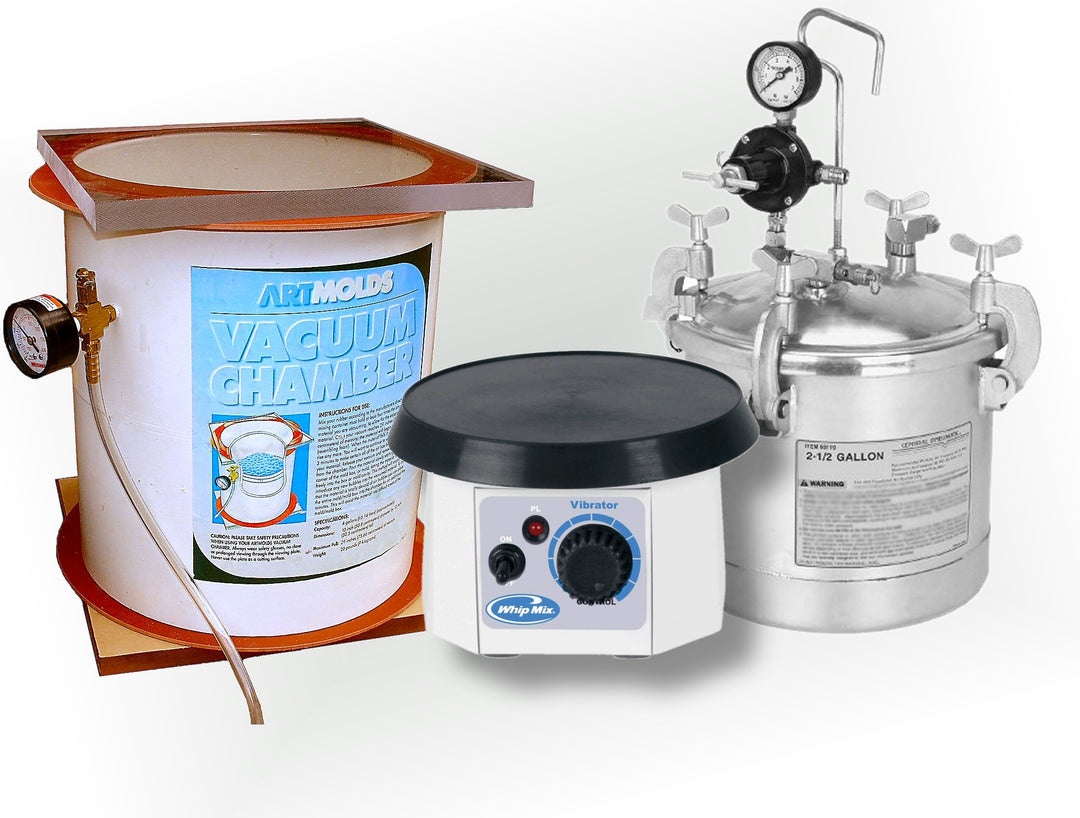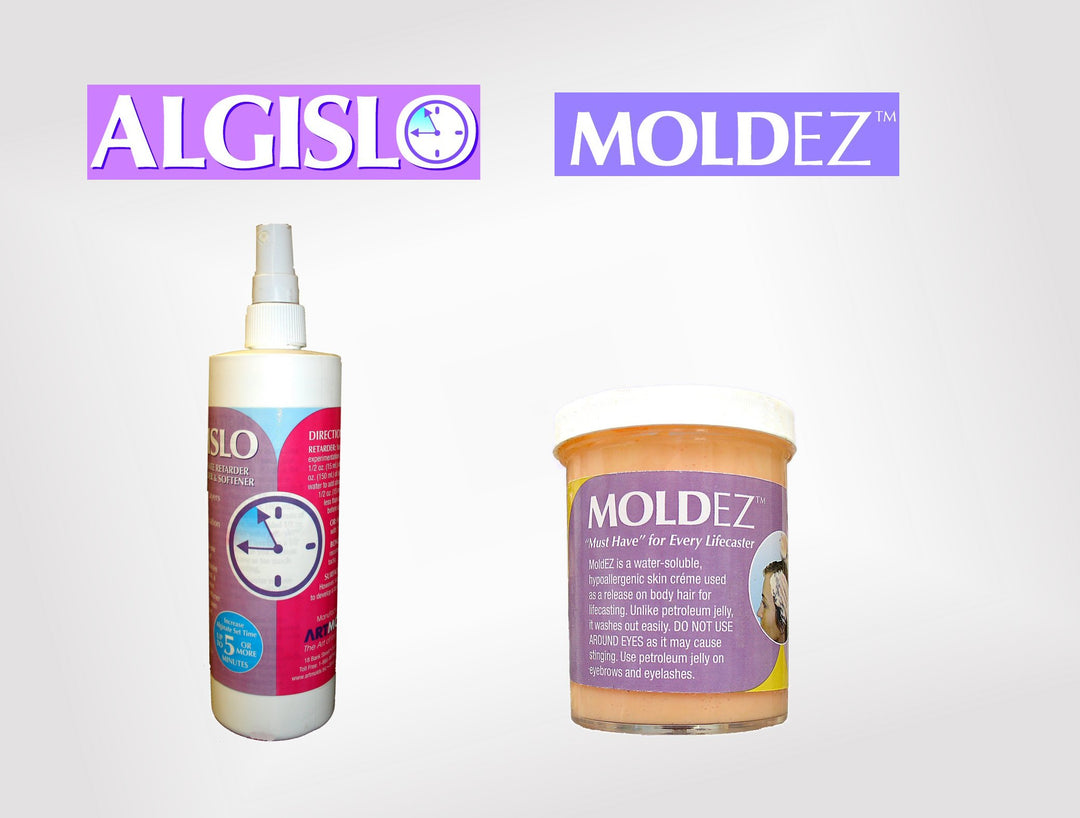Latex Mold for Cement Casting | Page 4 - ArtMolds
 Figure 22 |
This is the third coat of latex rubber the application. When latex dries it is almost transparent when there are only a few coats applied. |
|
 Figure 23 |
Figure 23., show the latex being applied to the interior of the mold keys. You don’t want to forget to coat the interiors of all the keys. |
|
 Figure 24 |
After 15 coats of latex is applied it is time to create the shell mold. We are using a mold making plaster called CastRite for this purpose. Corrugated cardboard is wrapped around the latex mold, leaving both sides open.
|
|
 Figure 25 |
Where the cardboard meets the sides of the latex mold, hot glue is used to fill the gaps around the perimeter so that plaster will not leak through to the other side. |
|
 Figure 26 |
Oil-based clay is used to fill wider gaps.
|
|
 Figure 27 |
Once he box is completed, (note the duct tape reinforcing the sides) the inside of the cardboard box and the latex mold are coated with petroleum jelly to assist in the de-moldng of the plaster shell mold. |
|
 Figure 28 |
Plaster is mixed by hand according to the directions on the side of the CastRite box.
Click the NEXT arrow to continue: |
|






